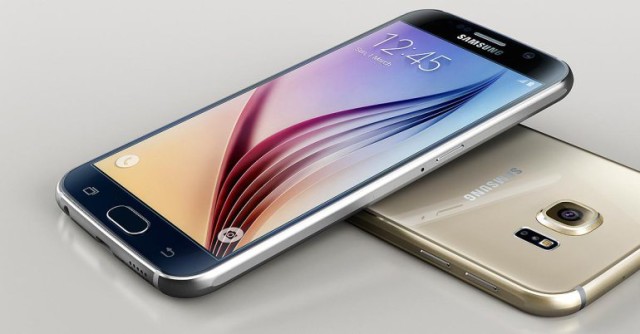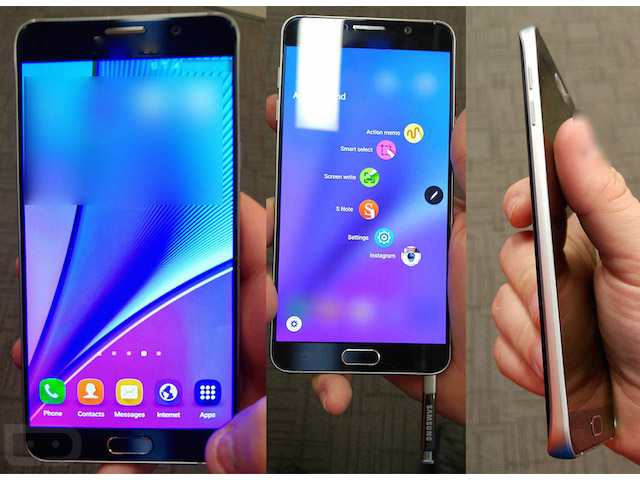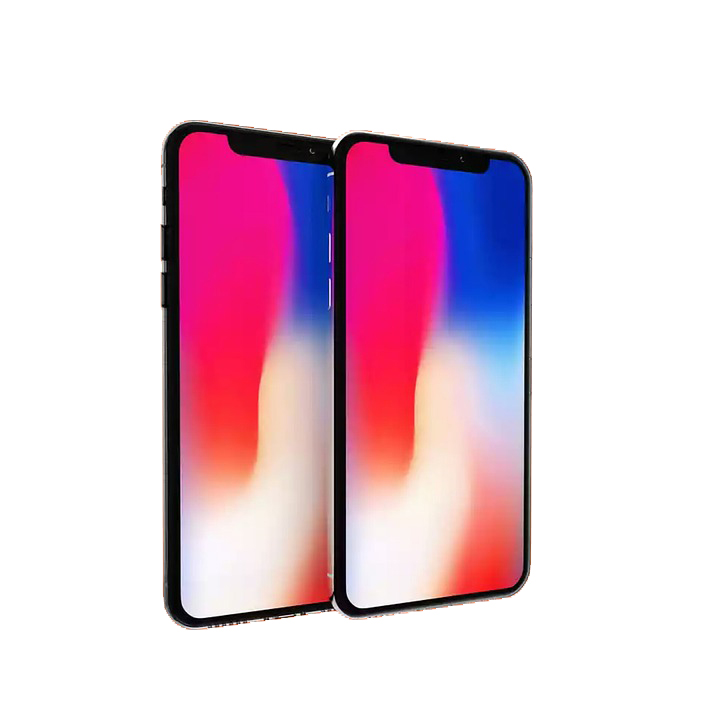Galaxy S6 Edge+ review

The Note 5 appearance nothing most as a blown-up Galaxy S6 — that may be a shorthand way of saying it is a beautiful combination of glass and metal. Of course, it’s a large 5.7-inch screen, however Samsung has reduced the bezels on all four sides compared to the last Note. That creates it a lot of affordable to carry in one. The back is made of glass, too, and it curves in to satisfy the metal rim on the left and right, that conjointly makes it easier to grip.
I don’t notice the glass too slippery to hold — however ask me once more once winter hits and my hands are dry as dirt. What I do notice are fingerprints all over on the gold version, that isn’t coming to the America. It much begs me to simply give up and place a case on the issue. However that might be a shame: literally every person who I’ve handed the Note to has expressed pleasant surprise.
The Note 5 is squarer than an iPhone, and despite the fact that it conjointly includes a fingerprint-sensing home button, it’s signally a Galaxy. There’s no getting around the size of the issue, however it’s thinner and imperceptibly lighter than the Note 4. It is a more humane device than previous Notes — designed with a belief that a phone this huge does not got to be some reasonably aggressive, industrial object.
But there are trade-offs engineered into that design. The glass-and-metal shell totally seals the internals. Unlike previous Notes, you cannot replace the battery once it runs down and you cannot expand on the inbuilt memory with a microSD card. Each of these options haven’t been priorities for phone companies for a long time — however the Note was forever supposed to be different, unapologetically meant for power users. The storage limitation in particular stings since Samsung doesn’t offer a version with 128GB; 32GB and 64GB are the only choices.

The screen is unsurprisingly beautiful. It’s Samsung’s usual Super AMOLED setup, however as its other recent phones, Samsung has found out the correct color balance and brightness settings for many users. It’s vivid without being tasteless and has a minimal air gap between the glass and pixels.
It conjointly encompasses a large 4GB of RAM — that is that the power user thing that everyone may be happy concerning. We’ve all learned that maxing out RAM on our computers makes everything quicker, since it must access the slower hard disk less usually. Yet phone makers (I’m looking at you, Apple) have been remarkably stingy when it comes to RAM. Using a phone that doesn’t stint on the RAM is refreshing. Android just feels so much better when it’s not struggling to keep apps loaded in the fastest memory available.



